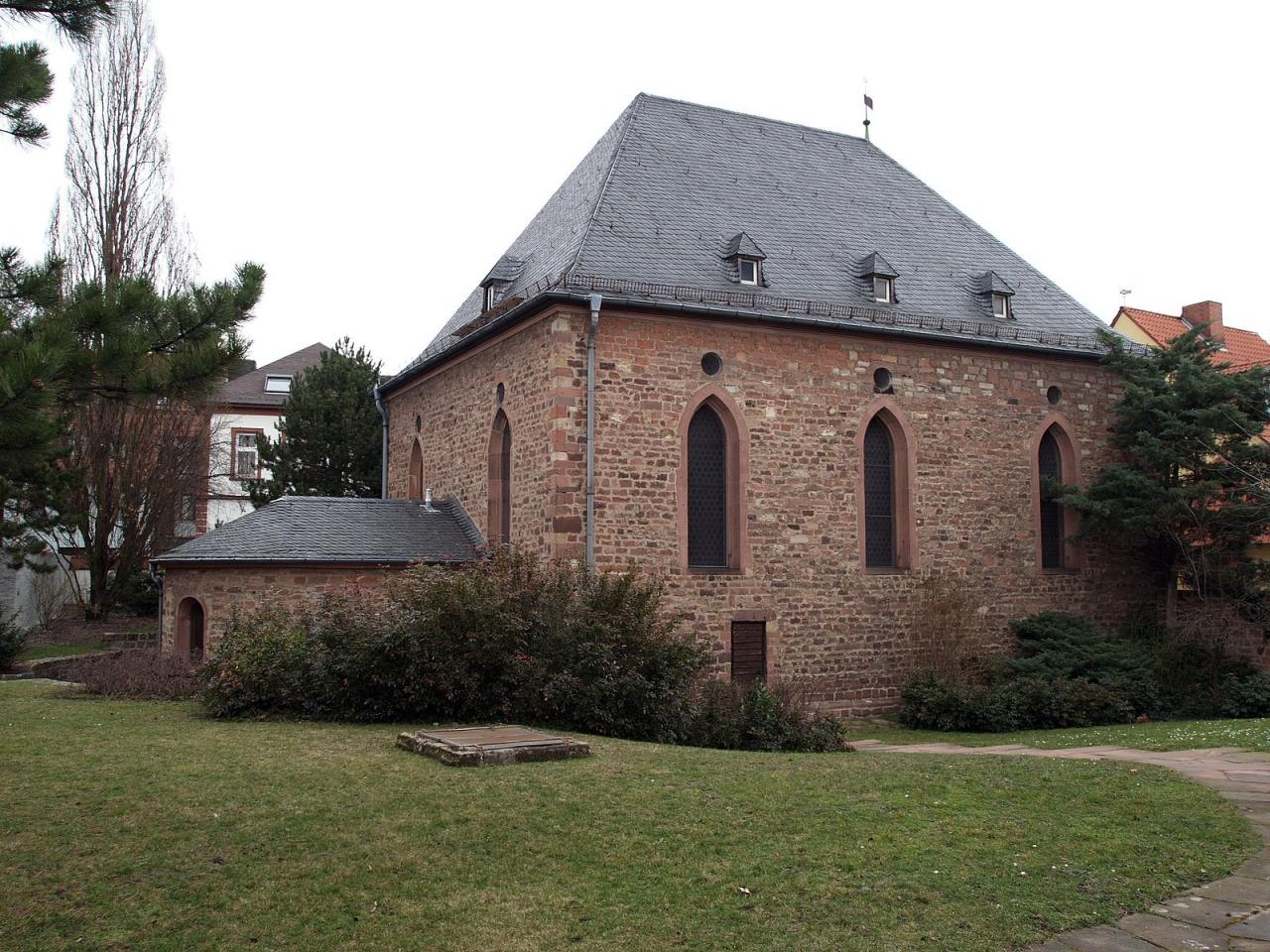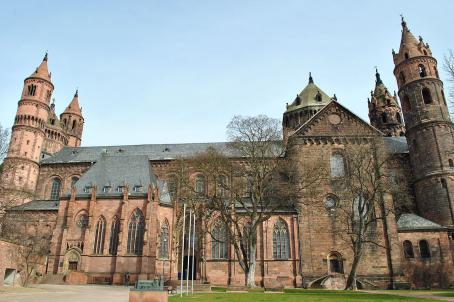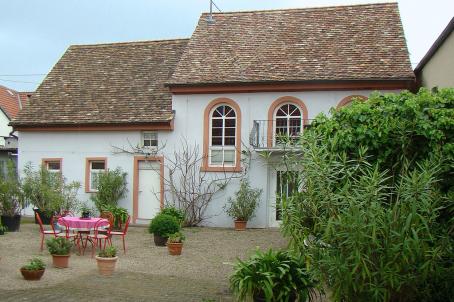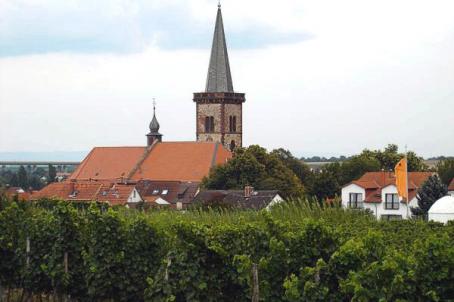Medieval synagogue, Worms
The medieval synagogue in Worms was built in 1034 and is known as the oldest existing synagogue in Germany. The building was rebuilt in 1175 in the Romanesque style. The building was restored again in 1700 and in 1961 using original pieces. The synagogue is now a museum and functioning worship center used by the Jewish community.
About this building
N/A






